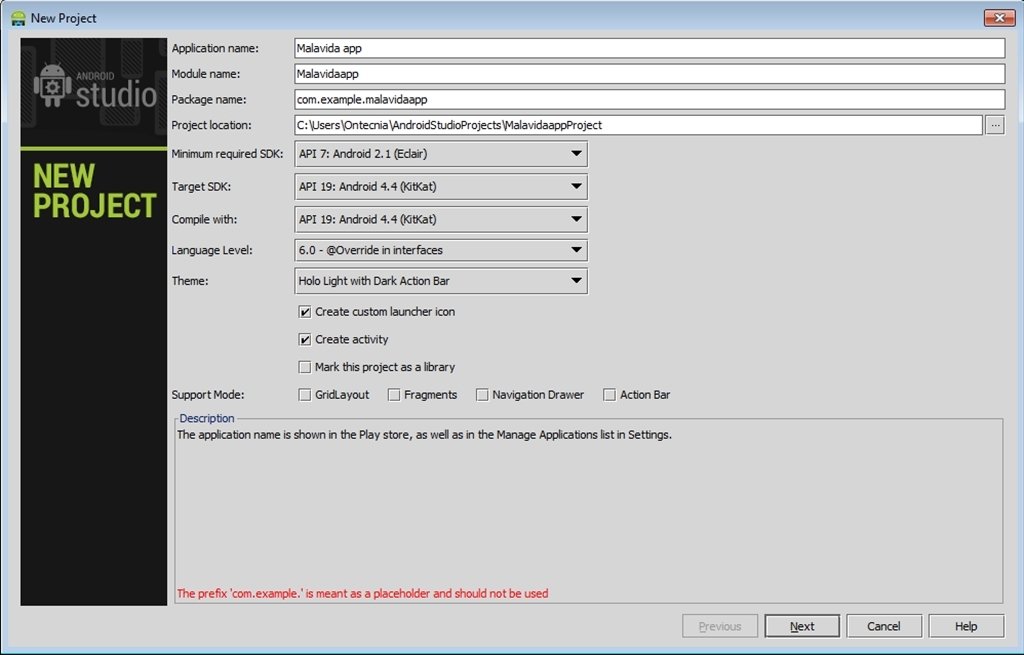

Open the downloaded disk image (.dmg file) and double-click on the icon to install the Java package (Figure 2-1):įirst, if the chosen development system is running the 64-bit version of Ubuntu then it is essential that a 32-bit library support package be installed: sudo apt-get install lib32stdc++6Īs with Windows based JDK installation, it is possible to install the JDK on Linux by downloading the appropriate package from the Oracle web site, the URL for which is as follows: On the Oracle Java web page, locate and download the Java SE 7 JDK installation package for Mac OS X.

In the event that Java is not installed, issuing the “java” command in the terminal window will result in the appearance of a message which reads as follows together with a dialog on the desktop providing a More Info button which, when clicked will display the Oracle Java web page: No Java runtime present, requesting install Java HotSpot(TM) 64-Bit Server VM (build 24.79-b02, mixed mode) Java(TM) SE Runtime Environment (build 1.7.0_79-b15) To confirm the presence or otherwise of Java, open a Terminal window and enter the following command: java -versionĪssuming that Java is currently installed, output similar to the following will appear in the terminal window: java version "1.7.0_79-b15"

If this file does not exist, it will be created at first launch.Java is not installed by default on recent versions of Mac OS X. You can control Android Studio JVM options in data\studio.vmoptions file. Upgradeįor an upgrade, simply download and install the latest portable setup. Then run android-studio-portable.exe and remove Android Studio™ from your computer.


 0 kommentar(er)
0 kommentar(er)
